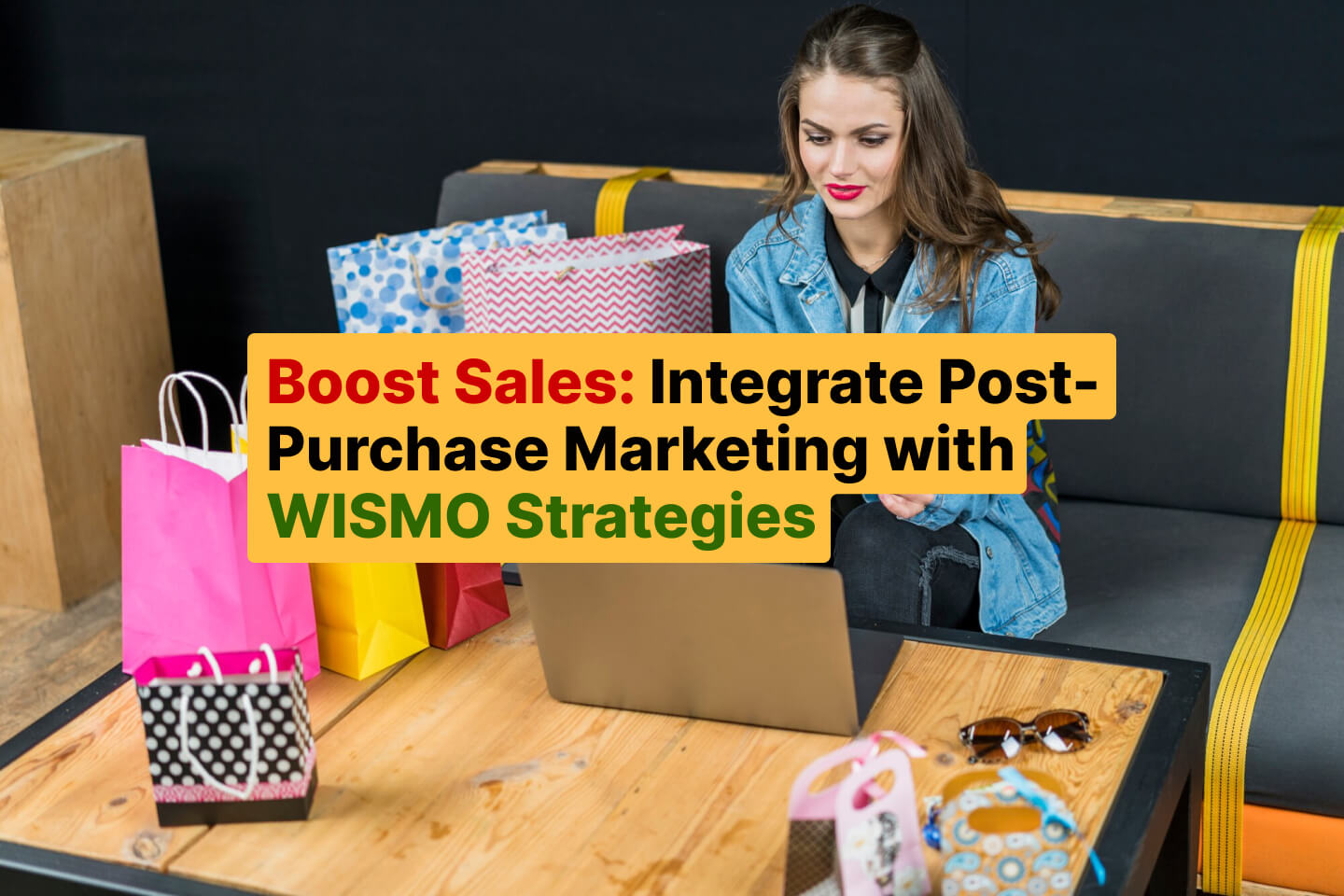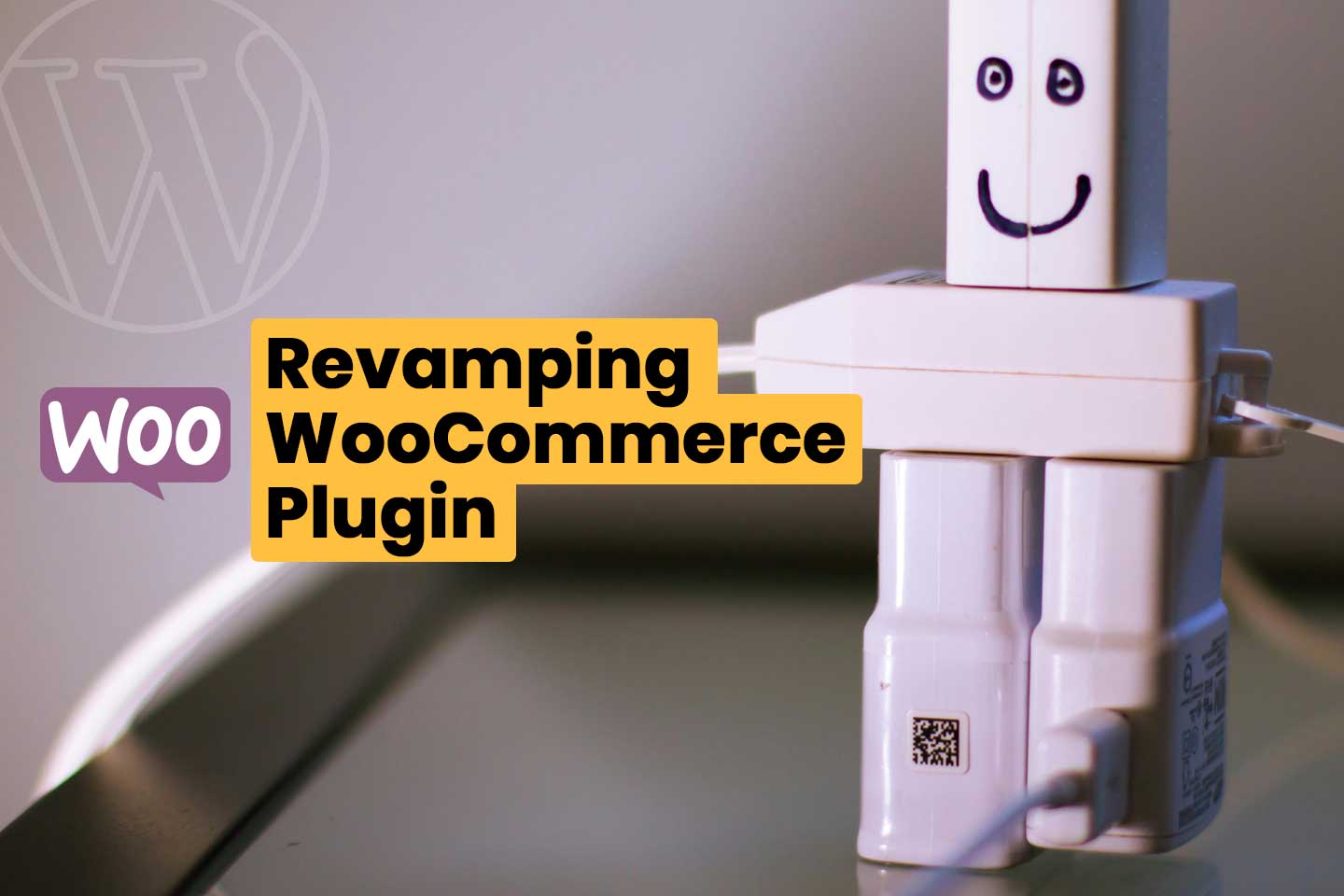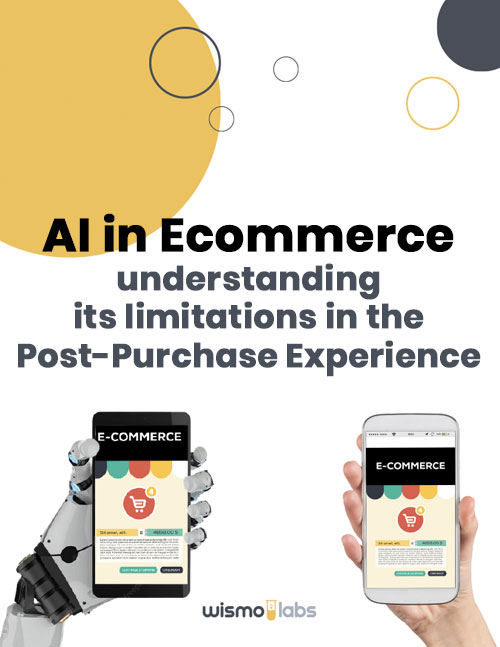WISMO means “Where Is My Order?”. It’s when customers ask about their orders after buying something. This might seem small, but it’s really important. How a store handles these questions can make or break a customer’s experience.
Key Takeaways
| Aspect | Importance |
|---|---|
| Post-Purchase Experience | Critical for customer satisfaction and repeat business |
| WISMO Management | Reduces customer service costs and improves satisfaction |
| Technology Integration | Enhances efficiency and customer communication |
| Personalized Marketing | Increases upselling and cross-selling opportunities |
| ROI | Significant potential for cost savings and revenue growth |
The Power of Post-Purchase Experience
The time after a purchase is crucial. It’s not just about waiting for a package. It’s a chance for stores to make customers happy and want to buy more. Good post-purchase experiences can lead to more sales and loyal customers. It’s all about keeping customers in the loop and making them feel valued.
A positive post-purchase experience can significantly impact customer retention rates. Studies show that customers who have a good experience after buying are 5 times more likely to make repeat purchases. This period is also an excellent opportunity for brands to build a deeper connection with customers.

Understanding WISMO: A Critical Touchpoint
WISMO requests are more than just questions. They show how a customer feels about their purchase. When a store handles these well, customers feel good. They’re more likely to come back and buy again. But if it’s done poorly, customers might not return.
Why do WISMO requests happen? Sometimes it’s because shipping takes longer than expected. Other times, customers just want to know where their stuff is. Clear communication can help a lot. Reducing WISMO calls isn’t just about answering questions. It’s about giving customers the info they need before they ask.
Research shows that up to 80% of customer service inquiries in e-commerce are WISMO-related. By addressing these concerns early, businesses can reduce their customer service workload and improve efficiency. A good WISMO strategy can lead to a 30-40% reduction in customer service costs.
The Post-Purchase Customer Journey
After someone buys something, they go through different stages. First, they’re excited about their purchase. Then, they start waiting for it to arrive. This waiting time is crucial. It’s when stores can keep customers excited and build trust.
Each stage of this journey is a chance to connect with customers. Stores can send updates, offer tips about the product, or even suggest other things the customer might like. It’s all about making the wait feel shorter and more enjoyable. Understanding this journey helps stores create better experiences.
The post-purchase journey typically includes five key stages: order confirmation, shipping notification, out for delivery, delivery confirmation, and follow-up. Each stage is a chance to engage with customers. For example, during shipping notification, businesses can provide estimated delivery dates and tracking information, reducing worry and building excitement.
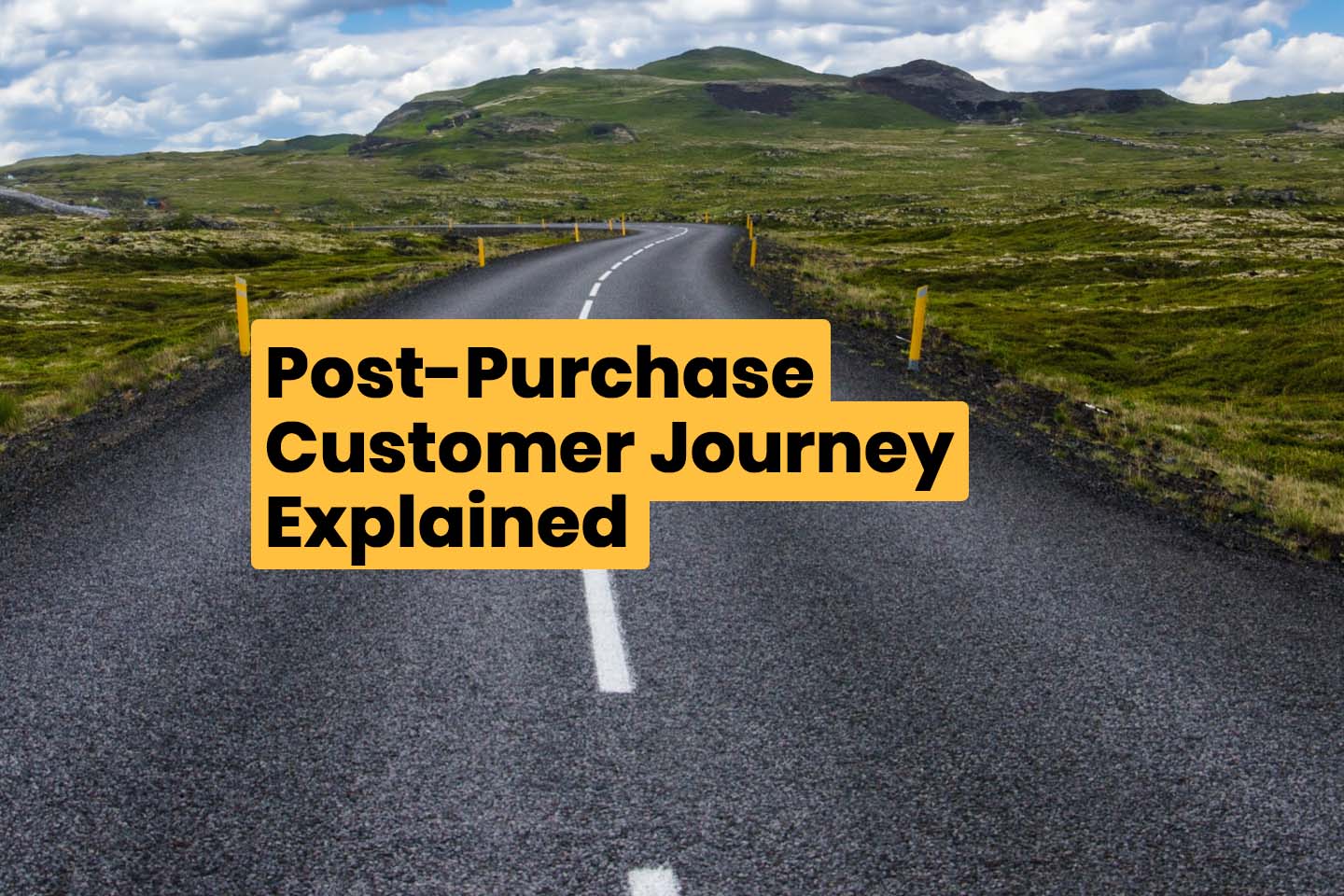
Strategies to Reduce WISMO Inquiries
One of the best ways to cut down on WISMO questions is to use real-time tracking. This lets customers see exactly where their order is at any time. It’s like giving them a window into the shipping process. When customers can track their orders, they feel more in control and less likely to worry.
Another key strategy is to give clear delivery dates. Don’t just say “5-7 business days.” Instead, give a specific date range. This sets the right expectations from the start. It’s also helpful to offer different ways for customers to get in touch. Some might prefer email, while others like chat. Engaging customers after the sale in ways they prefer can make a big difference.
Using a proactive communication strategy can reduce WISMO inquiries by up to 90%. This includes sending automated updates at key points in the shipping process and providing easy access to tracking information through email, SMS, and a dedicated tracking page on your website.
Leveraging Technology for WISMO Management
Technology can be a game-changer in handling WISMO requests. AI-powered chatbots, for example, can answer simple questions quickly. This frees up human staff to deal with more complex issues. These bots can work 24/7, giving customers answers whenever they need them.
Order management systems are another useful tool. They can keep track of orders across different channels and give a clear picture of where everything is. This makes it easier to give accurate updates to customers. And don’t forget about mobile! Many people shop on their phones, so tracking pages need to work well on small screens too.
Advanced analytics can also help with WISMO management. By looking at past data, businesses can predict possible shipping delays and tell customers early, reducing WISMO inquiries. Machine learning can also help find better delivery routes and improve estimated delivery times, making customers happier.
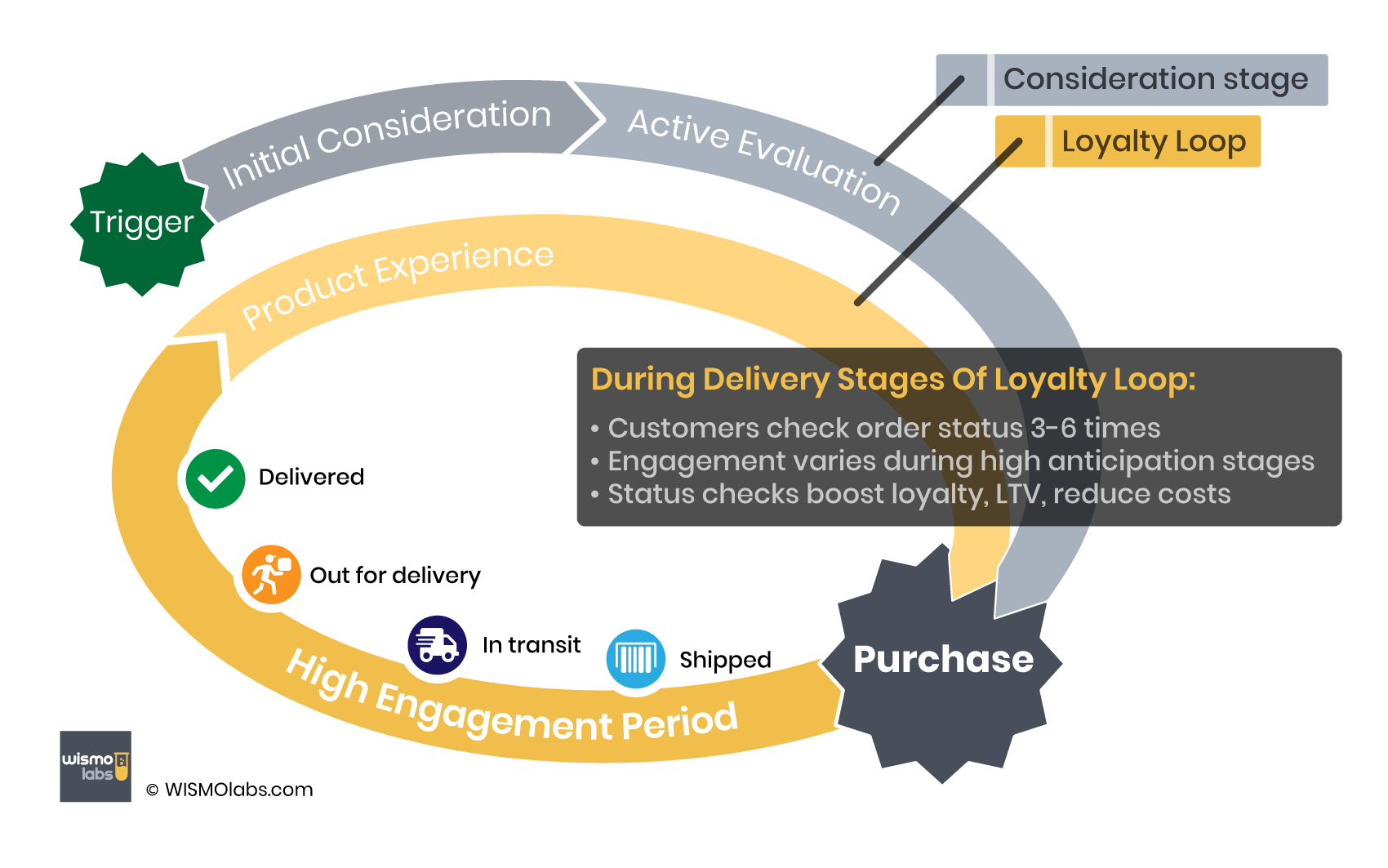
Integrating Post-Purchase Marketing with WISMO Strategies
Shipping notifications don’t have to be boring. They can include pictures of the product, building excitement. This is a chance to remind customers why they bought the item in the first place. It’s also a good time to suggest related products. Maybe someone buying a phone might want a case or screen protector too.
Upselling and cross-selling can be done smartly in tracking emails. If someone bought running shoes, why not suggest some running socks? The key is to make these suggestions helpful, not pushy. It’s about enhancing the customer’s purchase, not just trying to sell more stuff.
Email campaigns after the purchase can do more than just track an order. They can offer tips on using the product, ask for reviews, or invite customers to join a loyalty program. These emails keep the conversation going and can lead to more sales down the line.
Personalization is key in post-purchase marketing. By looking at what customers bought before and what they like to browse, businesses can suggest things that fit each customer’s tastes. This kind of personalization can increase sales by up to 15% and make customers spend 25% more over time.
Industry-Specific WISMO Strategies
Different types of products need different WISMO approaches. For fashion and clothing, it might be important to show how the item will look when it arrives. Maybe include care instructions or styling tips in the tracking updates. This keeps customers excited about their purchase.
With electronics, technical details matter. Tracking updates could include setup guides or compatibility information. This prepares customers to use their new gadget as soon as it arrives. For groceries and things that go bad quickly, the focus is on speed and freshness. Updates might include storage tips or recipes to use the items.
In the beauty industry, WISMO strategies can include tutorials or information about ingredients to keep customers excited. For home decor, showing virtual room styling ideas or assembly instructions can make the post-purchase experience better. Tailoring WISMO strategies to specific industries can make customers 40% happier and reduce returns by 15%.
Measuring the Impact of Effective WISMO Management
Good WISMO strategies can really help a business. One big win is fewer customer service calls. When customers can easily find info about their orders, they don’t need to call or email as much. This saves time and money for the business. It also means customers get answers faster, which makes them happier.
Happy customers are more likely to buy again. They might also tell their friends about their good experience. This word-of-mouth can bring in new customers. Over time, this can lead to customers spending more money with the business. It’s a win-win: customers are happier, and the business grows.
Key ways to measure how well WISMO is working include customer satisfaction scores (CSAT), Net Promoter Score (NPS), how many customer service calls come in, and how often customers buy again. Businesses that use good WISMO strategies often see customer satisfaction go up by 20-30% and customer service calls go down by 15-25% in the first six months.
Impact of WISMO Strategies on Key Metrics
Case Studies: Success Stories with WISMOlabs
Real examples show how WISMO strategies can help businesses. Take Monoprice, for instance. They sell electronics and tech gear. By improving how they handle WISMO, they saved a lot of money. In fact, they cut costs by $250,000 every year. That’s a big deal for any business.
Another success story is Tecovas, a company that sells boots. They found a clever way to use their WISMO strategy. For every dollar they spent on it, they got 20 to 30 dollars back from repeat orders. That’s a huge return on their investment. It shows that taking care of customers after they buy can lead to more sales later.
These case studies show the real benefits of using good WISMO strategies. Monoprice’s cost savings show how better communication after purchase can directly help the business make more money. Tecovas’ success in getting customers to buy again shows how making customers happy can help a business grow over time. Both examples show that managing WISMO well is an investment that pays off, not just an extra cost.
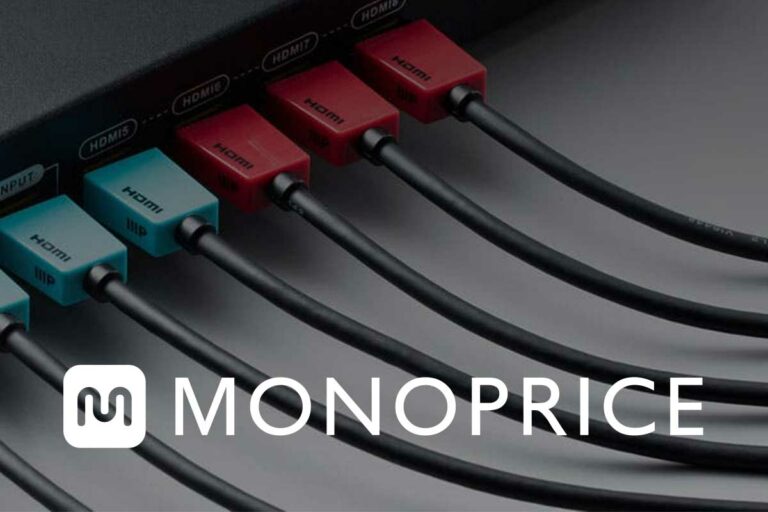
Conclusion: The Future of Post-Purchase Marketing and WISMO
The world of online shopping is always changing. In the future, we might see even more personalized tracking updates. Imagine getting a video update about your order or using augmented reality to see how a product will look in your home before it arrives. These cool ideas could make the waiting time more fun and interesting for customers.
Another big trend is thinking about the environment. More customers care about how their shopping affects the planet. Stores might start sharing info about eco-friendly shipping options or how to recycle packaging. This shows customers that the store cares about more than just making money.
In the end, good WISMO and post-purchase marketing are about more than just answering “Where’s my order?” They’re about building relationships with customers. When done right, these strategies can turn a one-time buyer into a loyal fan. And that’s good for everyone – the customer gets great service, and the business grows. It’s all about making the entire shopping experience, from click to delivery, as smooth and enjoyable as possible.
As technology keeps getting better, we’ll probably see more AI and machine learning used in WISMO management. Smart computer programs will help predict what customers need and spot potential problems before they happen. We might even see voice-activated tracking and smart home devices that let customers check their order status without using their hands. To do well in this changing world, businesses will need to stay flexible and keep coming up with new ideas to meet what customers expect.
